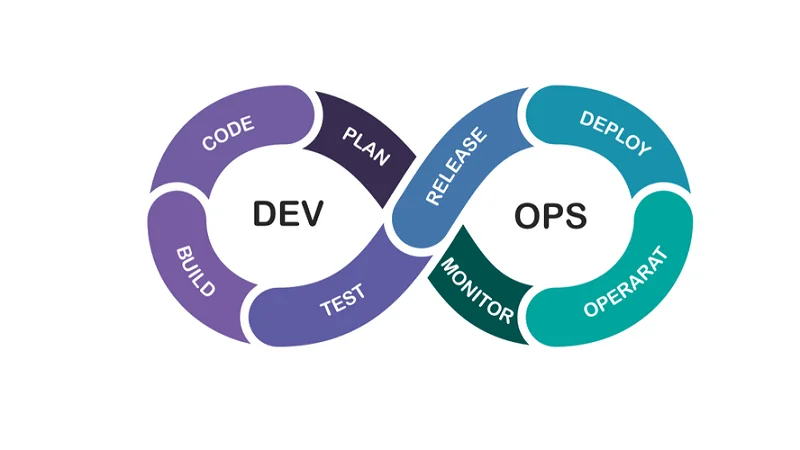The compiler creates the assembly code file for the assembler. The object file given by the compiler gets linked with each other and other library files with the help of the linker to get the executable file for the machine to execute. Many compilers are available for executing programs written in ‘C’. It is a highly portable language which means programs written in ‘C’ language can run on other machines.
Derived data types are primitive data types forming new data structures called arrays, functions, and C pointers. For example, an array can contain a homogenous set of primitive data types like int, float, or double and can now act as a new data type in C programming language. Functions in C are both user-defined and standard library functions like scanf(), printf(), gets() and puts(). C is an imperative procedural language, supporting structured programming, lexical variable scope and recursion, with a static type system. It was designed to be compiled to provide low-level access to memory and language constructs that map efficiently to machine instructions, all with minimal runtime support. Despite its low-level capabilities, the language was designed to encourage cross-platform programming.
Character set
Both the ‘B’ and ‘BCPL’ are system programming languages and ‘B’ is made from the ‘BCPL’. It’s a mid-level language that supports the features of both a low-level and a high-level language. ‘C’ contains 32 keywords, various data types and a set of powerful built-in functions that make programming very efficient. In dynamically typed languages, a variable can change between different data types without the need to explicitly define that data type. This means it will have as output actual 0s and 1s, or binary format statements.
Programming languages usually contain abstractions for defining and manipulating data structures or controlling the flow of execution. The practical necessity that a programming language support adequate abstractions is expressed by the abstraction principle. This principle is what is c programming language sometimes formulated as a recommendation to the programmer to make proper use of such abstractions. Programming language theory is the subfield of computer science that studies the design, implementation, analysis, characterization, and classification of programming languages.
C++ Examples
Social media sites such as Instagram and Pinterest are also built on Python. Structured Language Query is considered a standard across every industry, and has been around for more than 45 years. While many other languages require you to memorize multiple sequential steps to complete tasks, SQL uses declarative statements, pulling data with English words instead of strings of numbers.

Developers also use C often in database design , and it powers advanced graphics in many computer games. This close proximity to the hardware means that C code is written explicitly and precisely. It gives you a clear picture and mental model of how your code is interacting with the computer.
How long does it take to learn C++?
The language previously included a reserved word called entry, but this was seldom implemented, and has now[when? Swift is Apple’s language for developing applications for Mac computers and Apple’s mobile devices, including the iPhone, iPad, and Apple Watch. Like many modern programming languages, Swift has a highly readable syntax, runs code quickly, and can be used for both client-side and server-side development. R is heavily used in statistical analytics and machine learning applications.

It is no longer common practice for web development to be done in C, and many other web development tools exist. C is a fairly small language, with only a handful of statements, and without too many features that generate extensive target code – it is comprehensible. At Version 4 Unix, released in November 1973, the Unix kernel was extensively re-implemented in C. By this time, the C language had acquired some powerful features such as struct types. The generated code after compilation has relatively straightforward needs on the underlying platform, which makes it suitable for creating operating systems and for use in embedded systems. Strings are not a distinct data type, but are conventionally implemented as null-terminated character arrays.
Learn C++ with Coursera
In fact, it has a mixture of both high and low level features. And it helps us get the job done without the hassle and fuss of long incomprehensible Assembly code. It owes its popularity to the rise and success of Unix, but nowadays it has gone far beyond just being the ‘native’ language of Unix. It now powers most, if not all, of the world’s servers and systems. They started exploring different languages for writing system software that they could use to implement Unix. A group led mainly by Ken Thompson and Dennis Ritchie wanted to use communal computing and create a file system that they could share.
- The object file given by the compiler gets linked with each other and other library files with the help of the linker to get the executable file for the machine to execute.
- The C compiler in Microsoft Visual C++, however, implements the C89 standard and those parts of C99 that are required for compatibility with C++11.
- Contrary to some opinion, template code will not generate a bulk code after compilation with the proper compiler settings.
- C doesn’t support function and operator overloading, but C++ does.
- The C programming language was introduced to make the development of system applications easier.
- When using a higher level programming language, there is an abstraction between the computer’s architecture and various obscure details.
- User-defined and compound types are possible.Heterogeneous aggregate data types allow related data elements to be accessed and assigned as a unit.
C programming language can be used to develop various things like operating systems, compilers, embedded systems, databases, and much more. The C programming language is a procedural and general-purpose language that provides low-level access to system memory. A program written in C must be run through a C compiler to convert it into an executable that a computer can run. Many versions ofUnix-based operating systems are written in C and it has been standardized as part of the Portable Operating System Interface .
Syntax
In this particular case, we use printf() function to instruct the compiler to display “Hello World” text on the screen. The main difference between C and C++ is that C++ support classes and objects, while C does not. C++ gives programmers a high level of https://www.globalcloudteam.com/ control over system resources and memory. There are some required components in the program of C like header, main function, variable declaration, body, and return statement. After preprocessing we get the intermediate file which we pass to the compiler.

If the variable has a constructor or initializer this is used to define the initial state of the object. Local variables are destroyed when the local block or function that they are declared in is closed. C++ destructors for local variables are called at the end of the object lifetime, allowing a discipline for automatic resource management termed RAII, which is widely used in C++. The most common variable types in C++ are local variables inside a function or block, and temporary variables. The common feature about automatic variables is that they have a lifetime that is limited to the scope of the variable.
Operators
The exception causes the current scope to be exited, and also each outer scope until a suitable handler is found, calling in turn the destructors of any objects in these exited scopes. At the same time, an exception is presented as an object carrying the data about the detected problem. Overloadable operators are also an essential part of many advanced C++ programming techniques, such as smart pointers. Overloading an operator does not change the precedence of calculations involving the operator, nor does it change the number of operands that the operator uses . Overloaded « && » and « || » operators lose their short-circuit evaluation property.